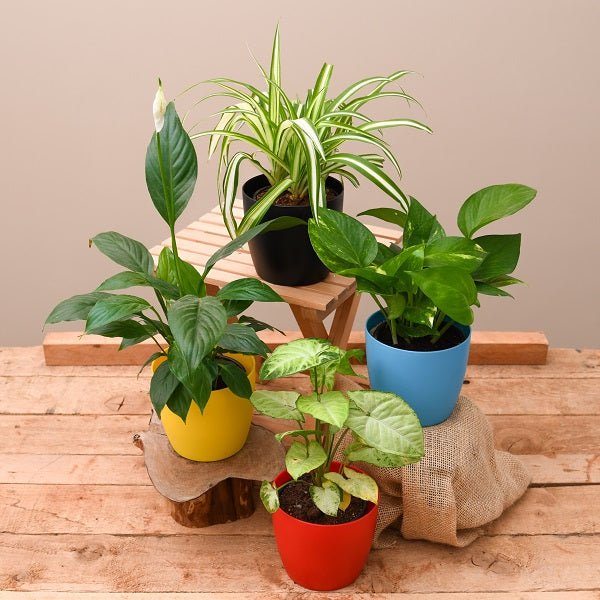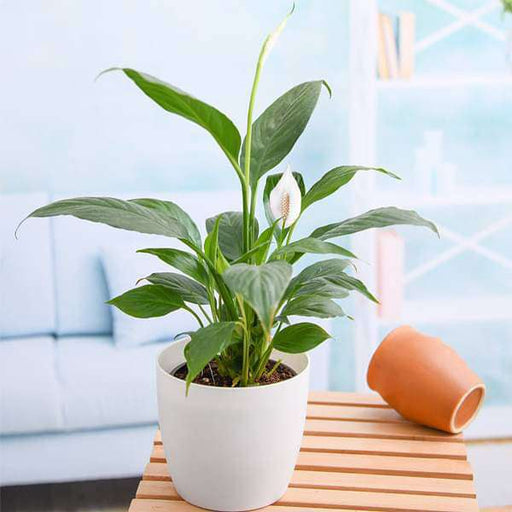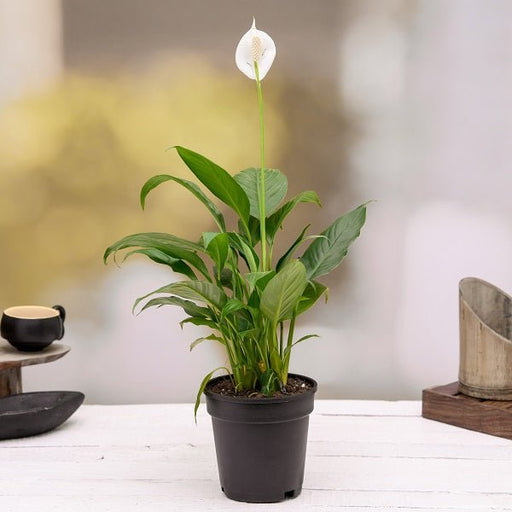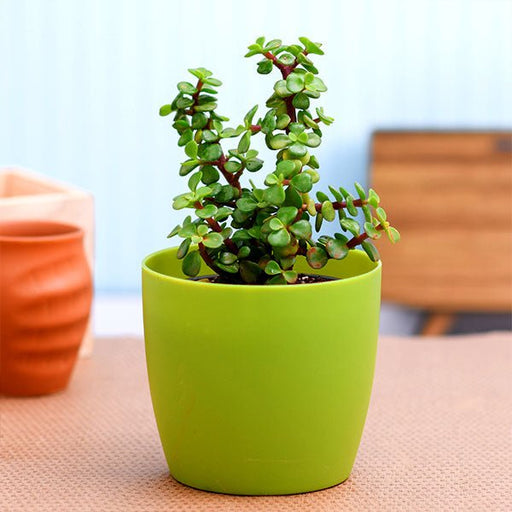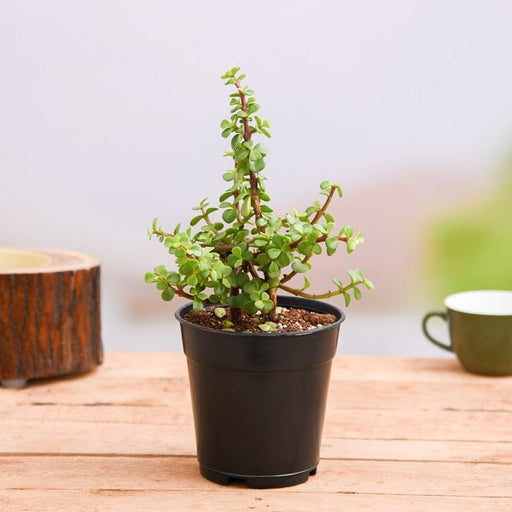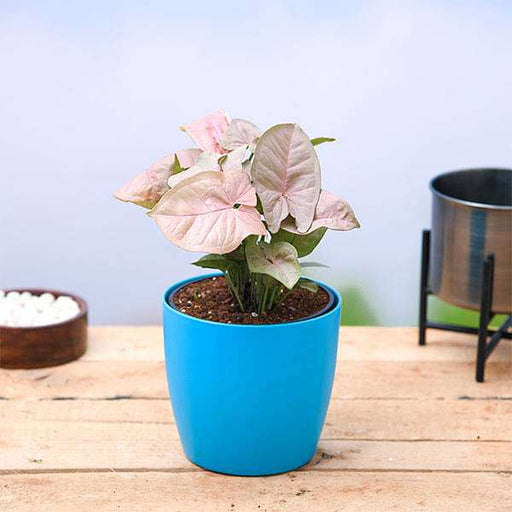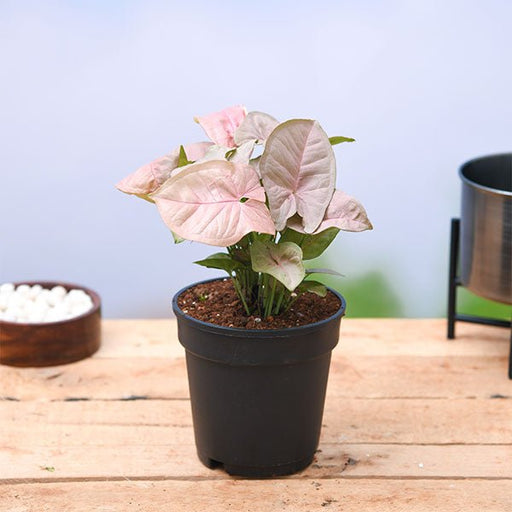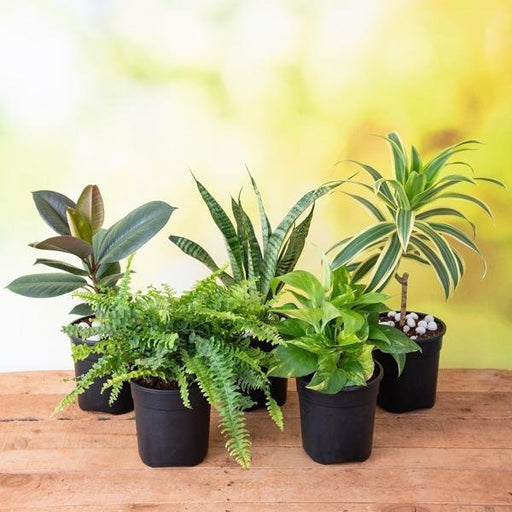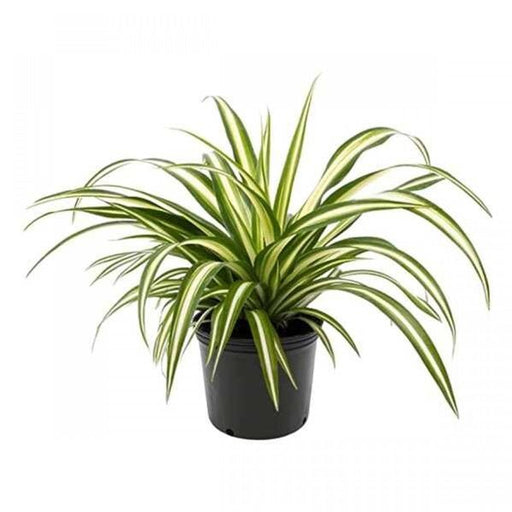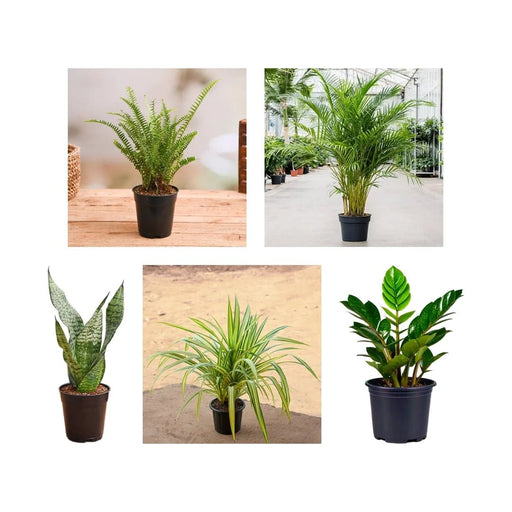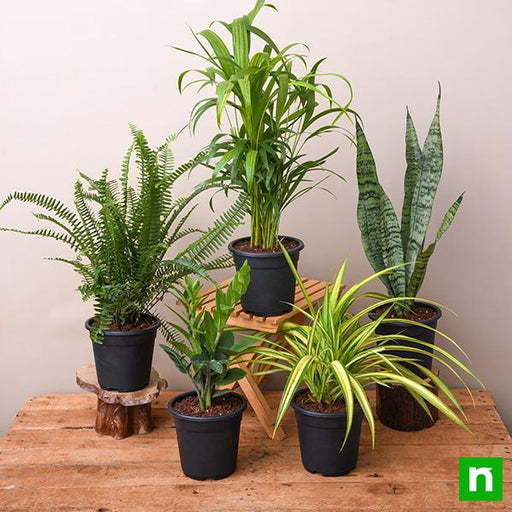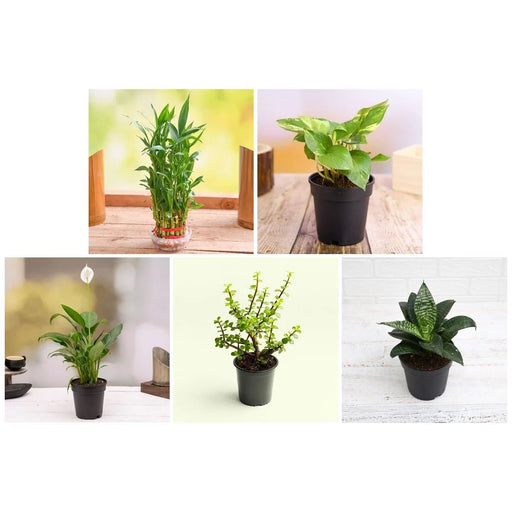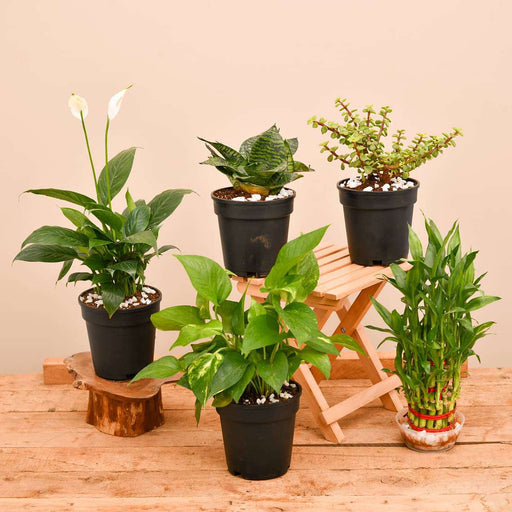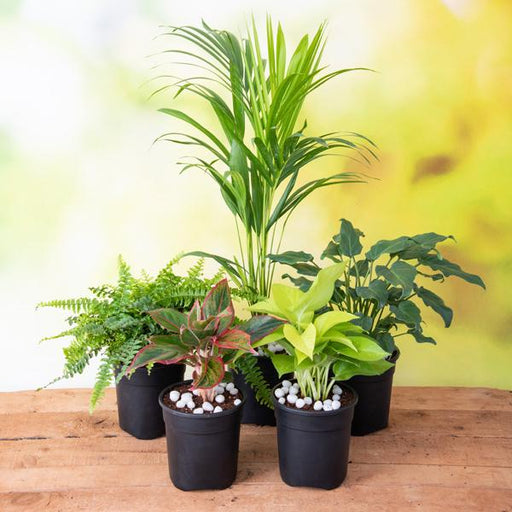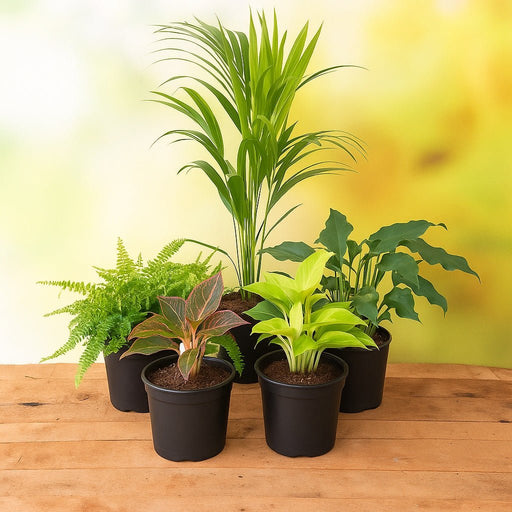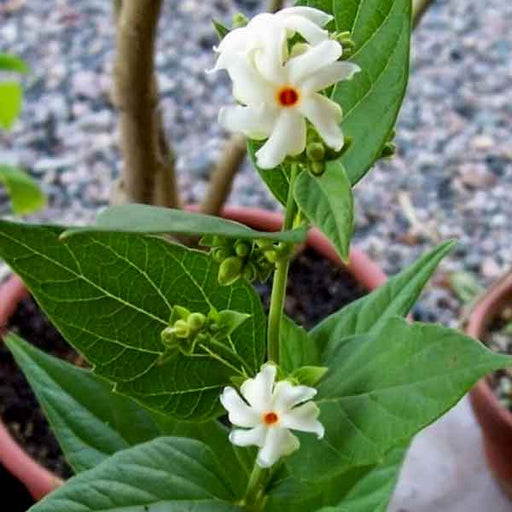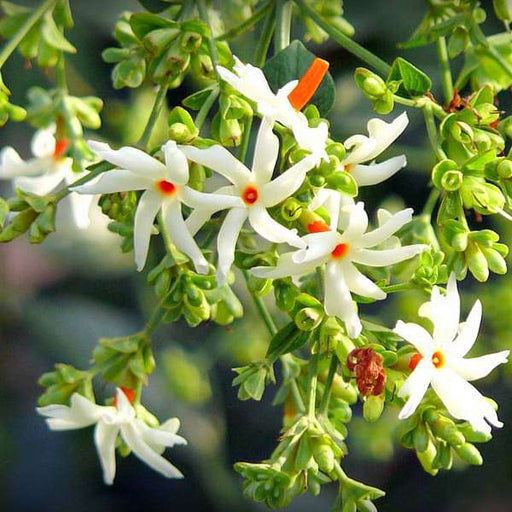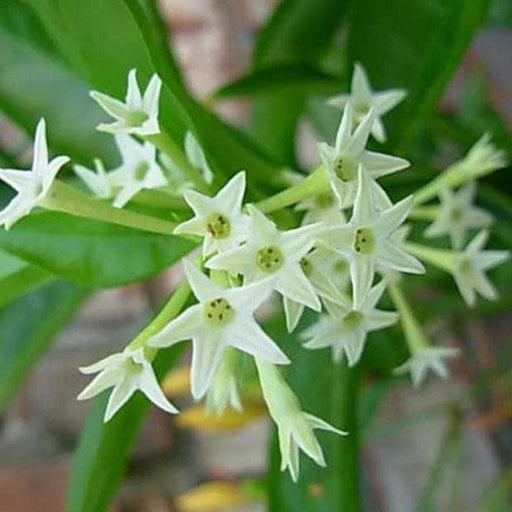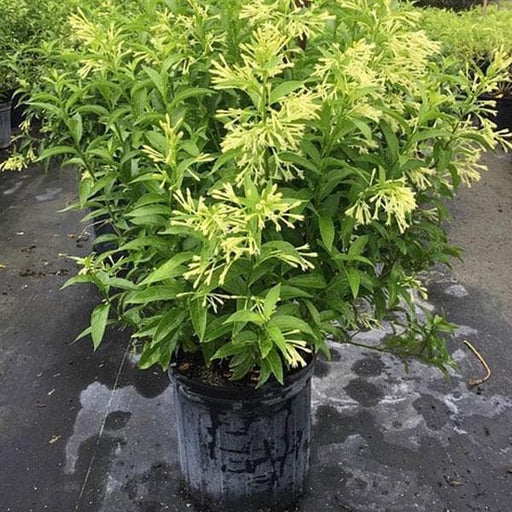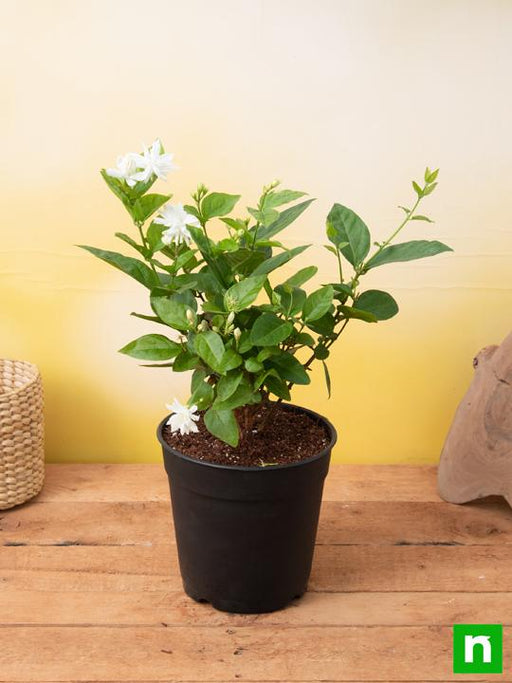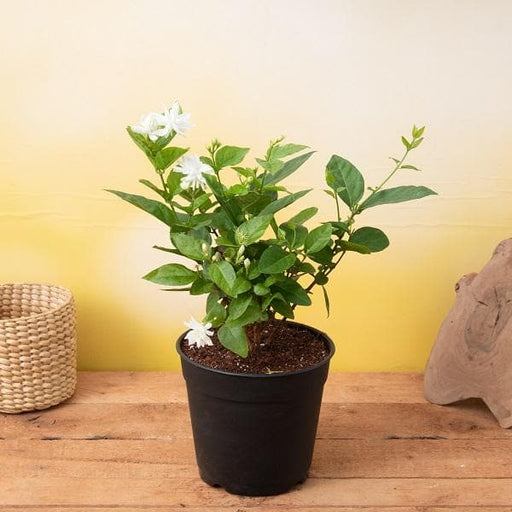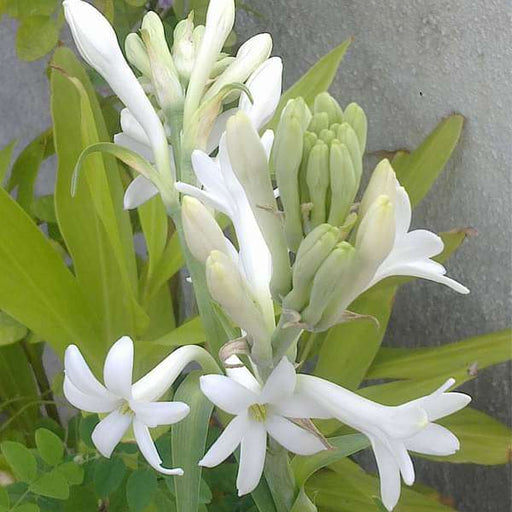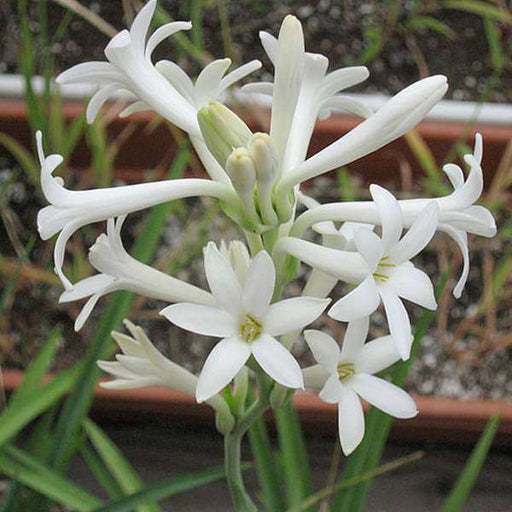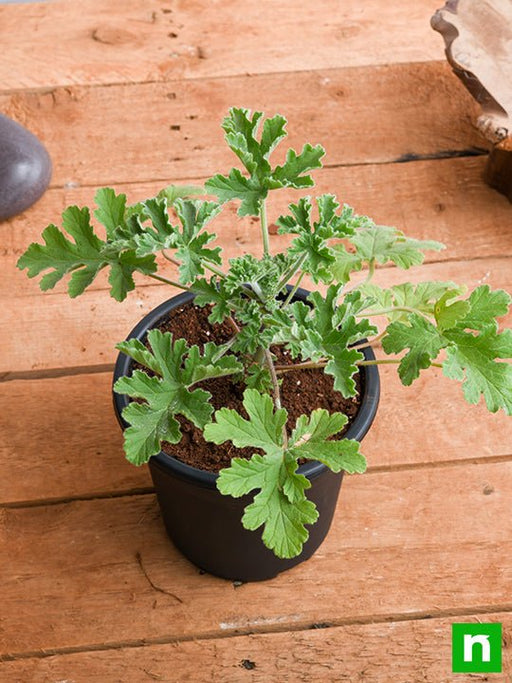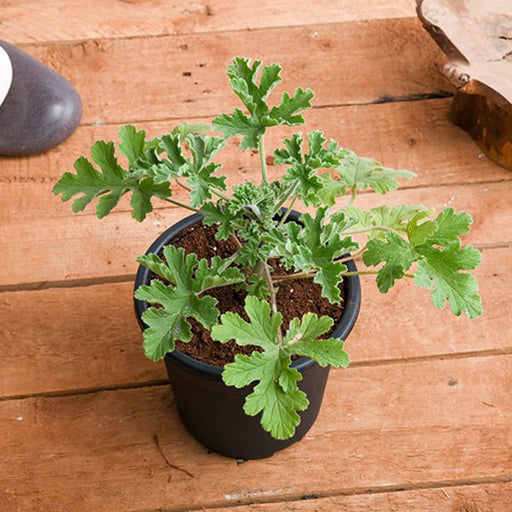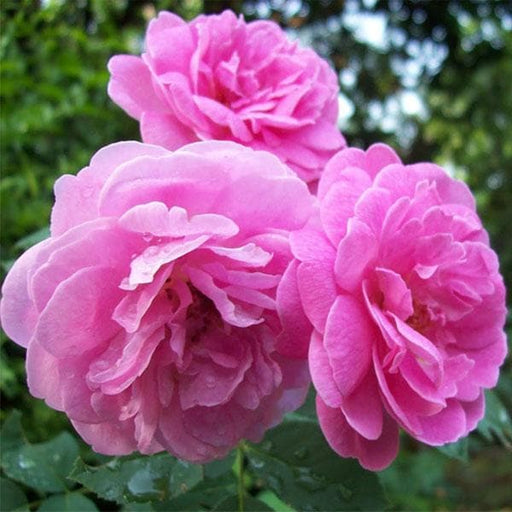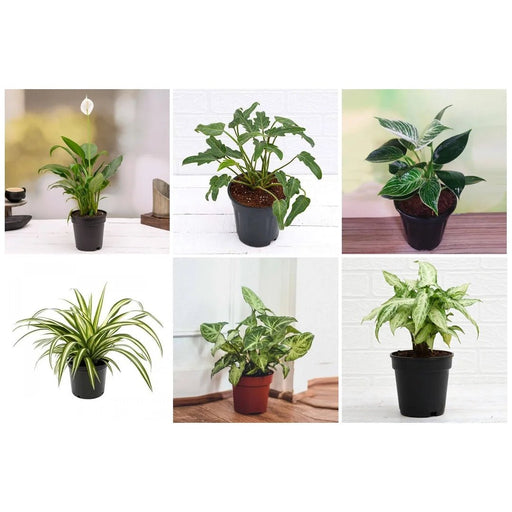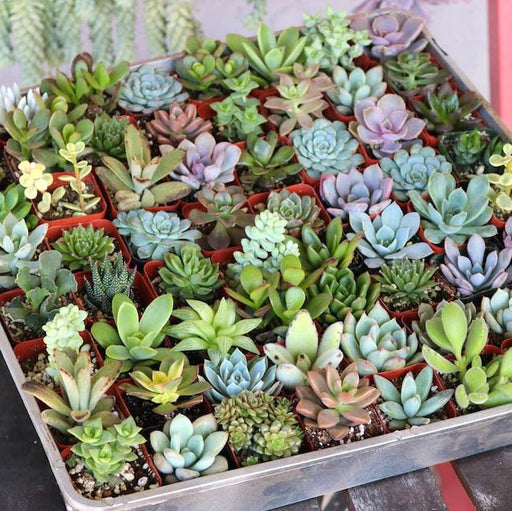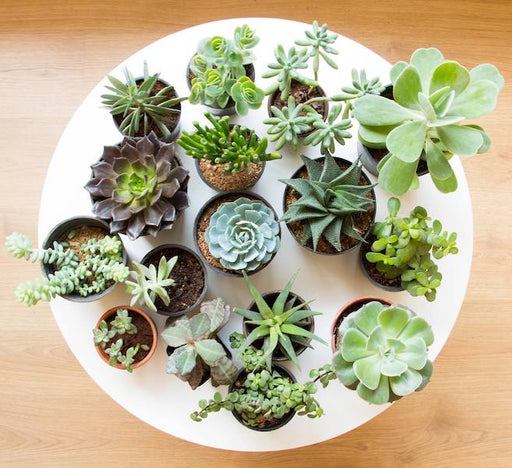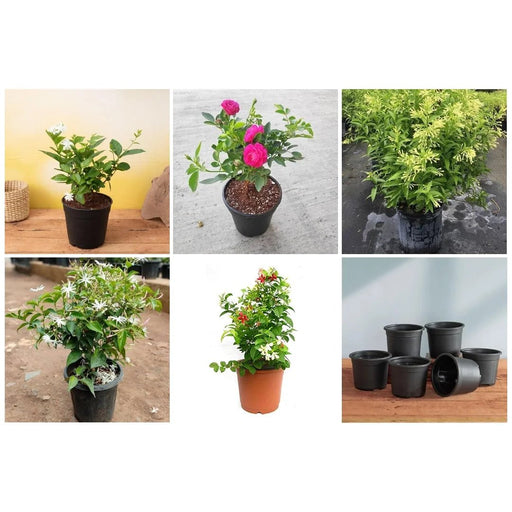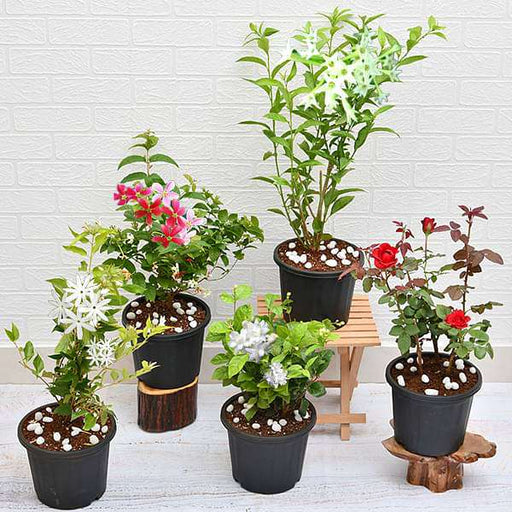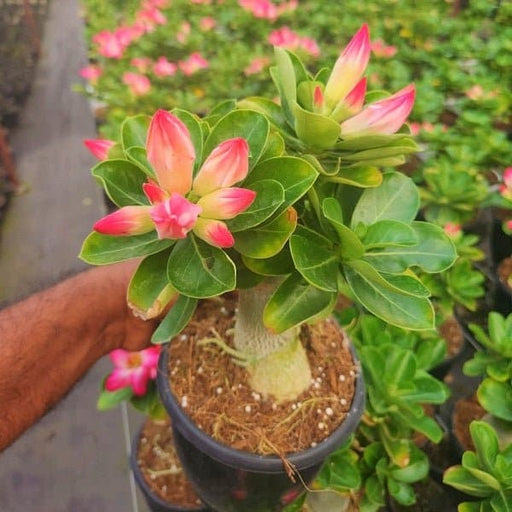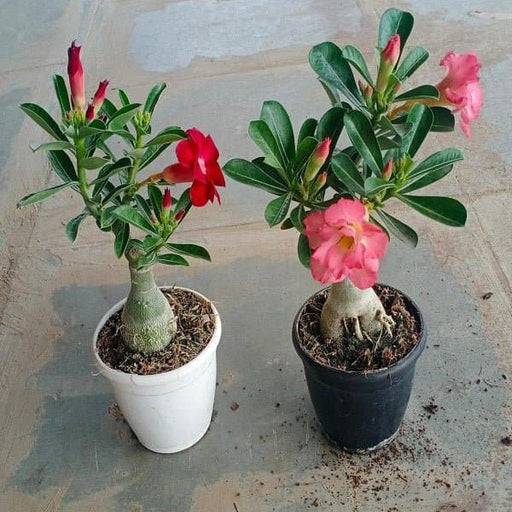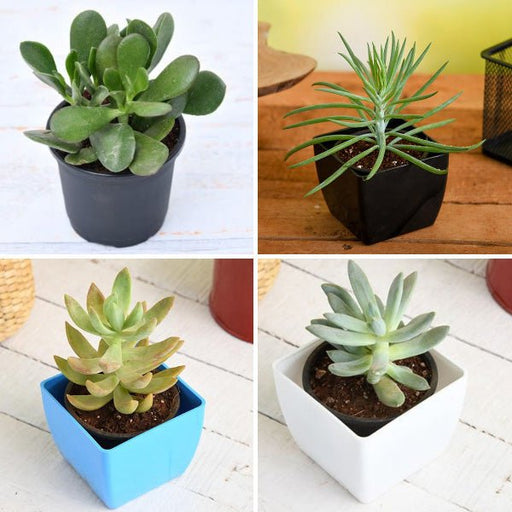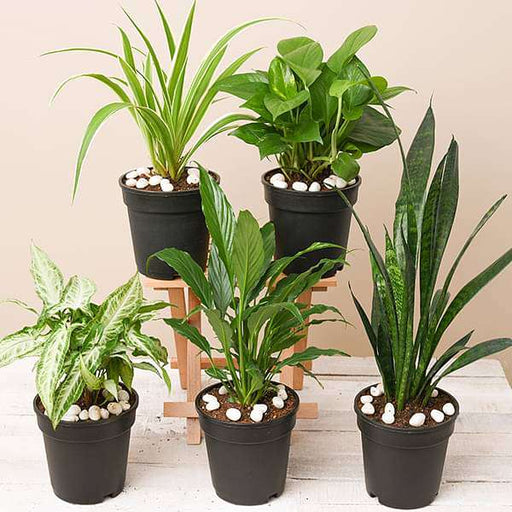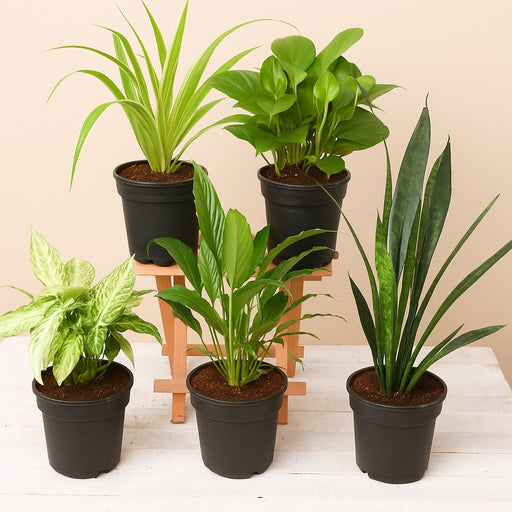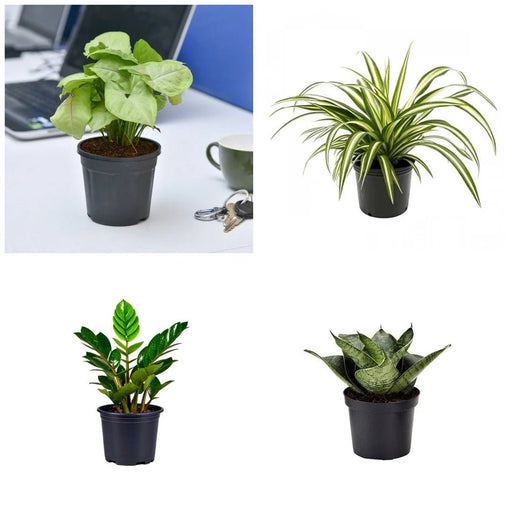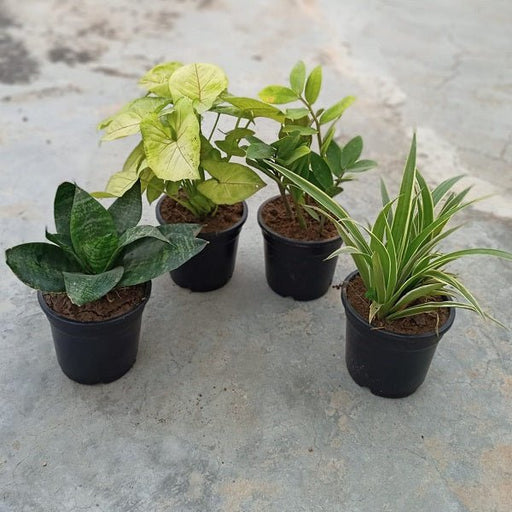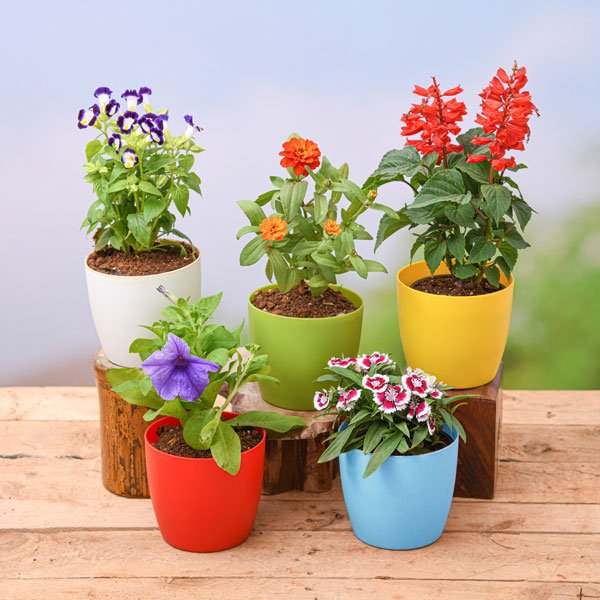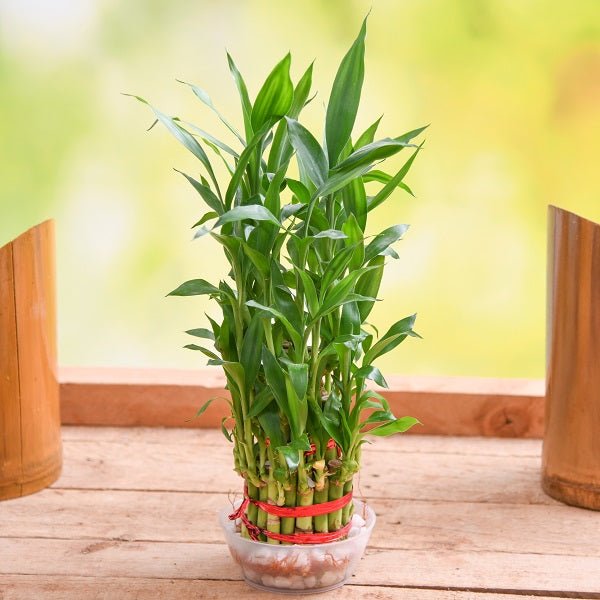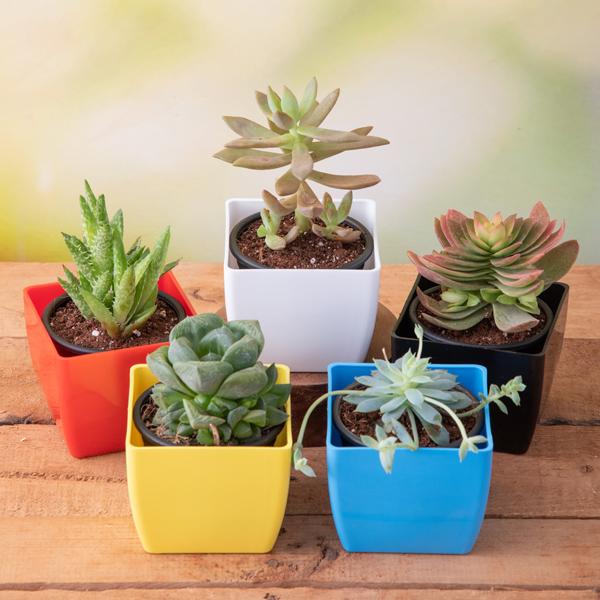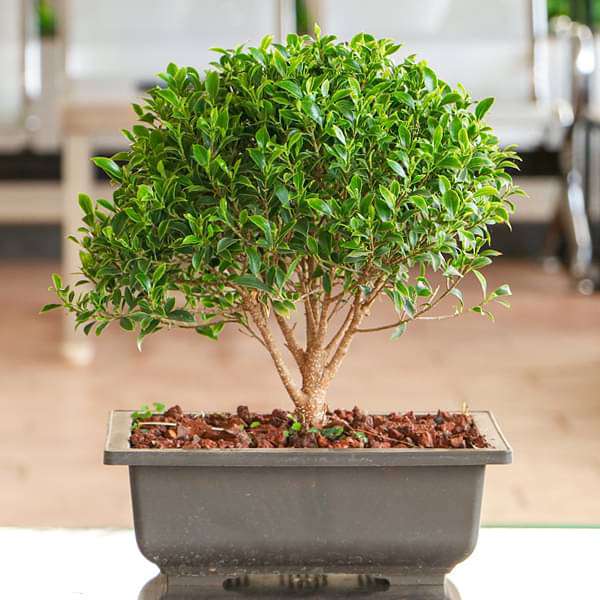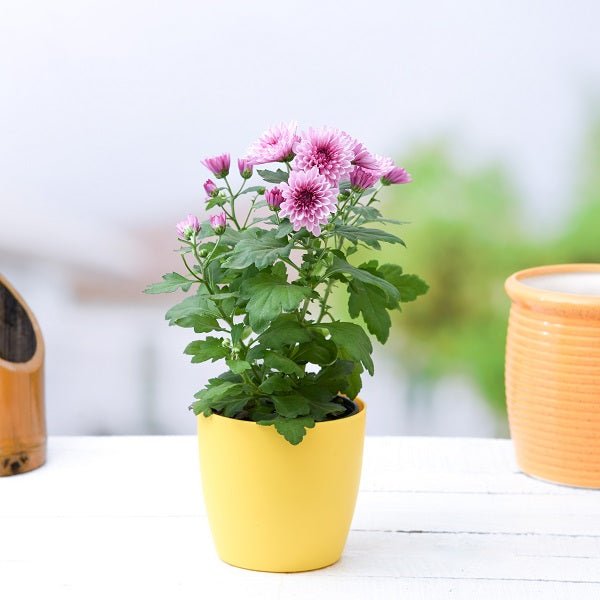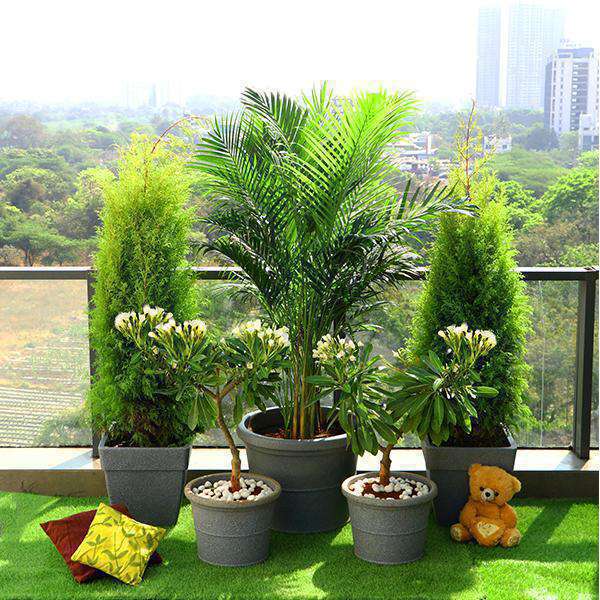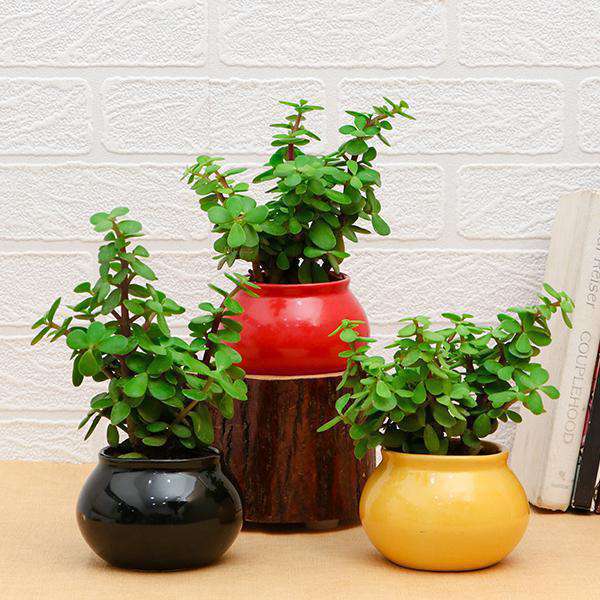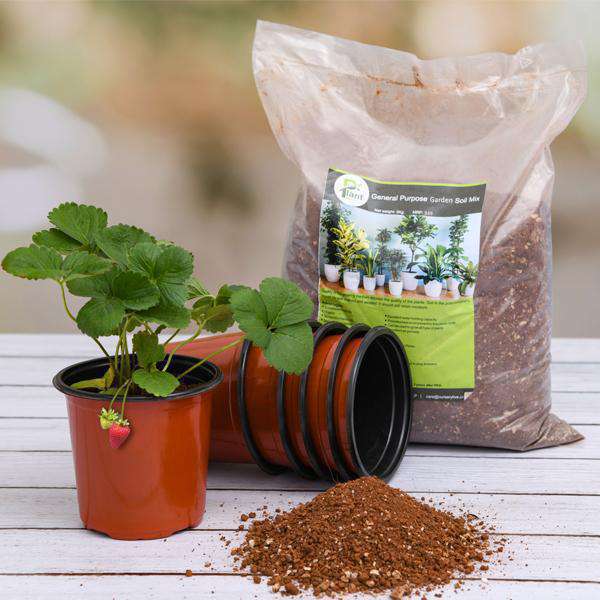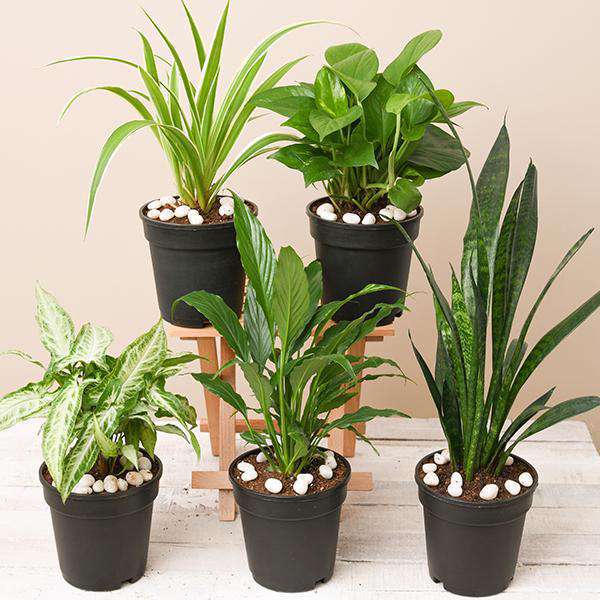Indoor plant care
Indoor plants are a great way to add color and life to your home or office. To care for your indoor plants, make sure they receive the right amount of sunlight and water, and keep an eye out for any signs of pests or disease.
Indoor plant types
There are countless types of indoor plants to choose from, each with its own unique characteristics and care requirements. Some popular indoor plant types include pothos, spider plants, and philodendrons.
Indoor plant benefits
Indoor plants are not just pretty to look at, they also offer a range of benefits for your health and wellbeing. They can help purify the air, reduce stress levels, and boost productivity.
Indoor plant placement
Choosing the right location for your indoor plants is crucial for their health and wellbeing. Consider factors such as sunlight, humidity, and temperature when deciding where to place your plants.
Indoor plant pots
Choosing the right pot for your indoor plants is important for their growth and development. Make sure the pot is the right size for your plant and has adequate drainage.
Indoor plant pests
Indoor plants can be susceptible to pests such as spider mites, mealybugs, and aphids. Regularly inspect your plants for signs of infestation and treat promptly if necessary.
Indoor plant lighting
Indoor plants require different amounts of light depending on their species. Some plants thrive in low light conditions, while others require bright, indirect sunlight.
Indoor plant humidity
Indoor plants can benefit from added humidity, especially during dry winter months. Consider using a humidifier or misting your plants regularly to keep them healthy and happy.
Indoor plant water
Overwatering is a common mistake when it comes to indoor plant care. Make sure to water your plants when the soil feels dry to the touch, and avoid letting them sit in standing water.
Indoor plant propagation
Propagating indoor plants can be a fun and rewarding way to expand your collection. Methods of propagation include stem cuttings, leaf cuttings, and division.
Indoor plant soil
Choosing the right soil for your indoor plants is important for their growth and development. Make sure the soil is well-draining and rich in nutrients.
Indoor plant color
Indoor plants come in a wide range of colors, from vibrant greens to shades of pink, red, and purple.
Indoor plant size
Indoor plants can range in size from small tabletop plants to large floor plants. Consider the size of your space and the amount of light available when choosing the size of your plants.
Indoor plant decoration
Indoor plants are not just a source of natural beauty, they can also be used to decorate your home or office. Consider using plants in creative ways, such as hanging them from the ceiling or using them as a centerpiece.
Indoor plant accessories
Accessories such as plant stands and decorative pots can help elevate the look of your indoor plants and make them a focal point of any room.
Indoor plant toxicity
Some indoor plants can be toxic to pets and humans if ingested. Make sure to research any plants you bring into your home and keep them out of reach of children and pets.
Indoor plant air-purifying
Many indoor plants are known for their air-purifying abilities, helping to remove pollutants and toxins from the air in your home or office.
Indoor plant benefits for mental health
In addition to their physical benefits, indoor plants can also offer mental health benefits. They can help reduce stress levels and improve mood and concentration.
Indoor plant maintenance
Regular maintenance is key to keeping your indoor plants healthy and happy. This includes watering and fertilizing on a regular schedule, pruning as needed, and inspecting for pests or disease.
Indoor plant trends
Indoor plant trends are constantly changing, with new varieties and styles becoming popular all the time. Some current trends include hanging plants, terrariums, and plant arrangements in unusual containers such as teacups or wine bottles.

